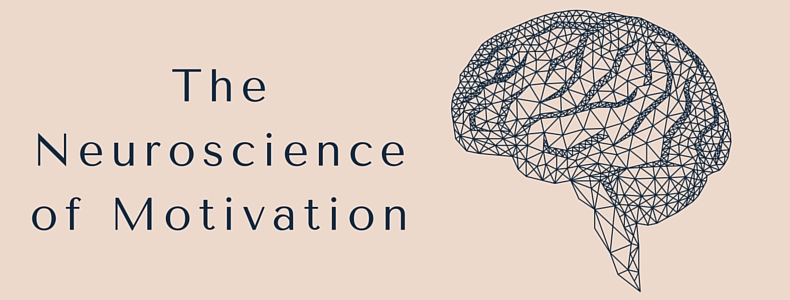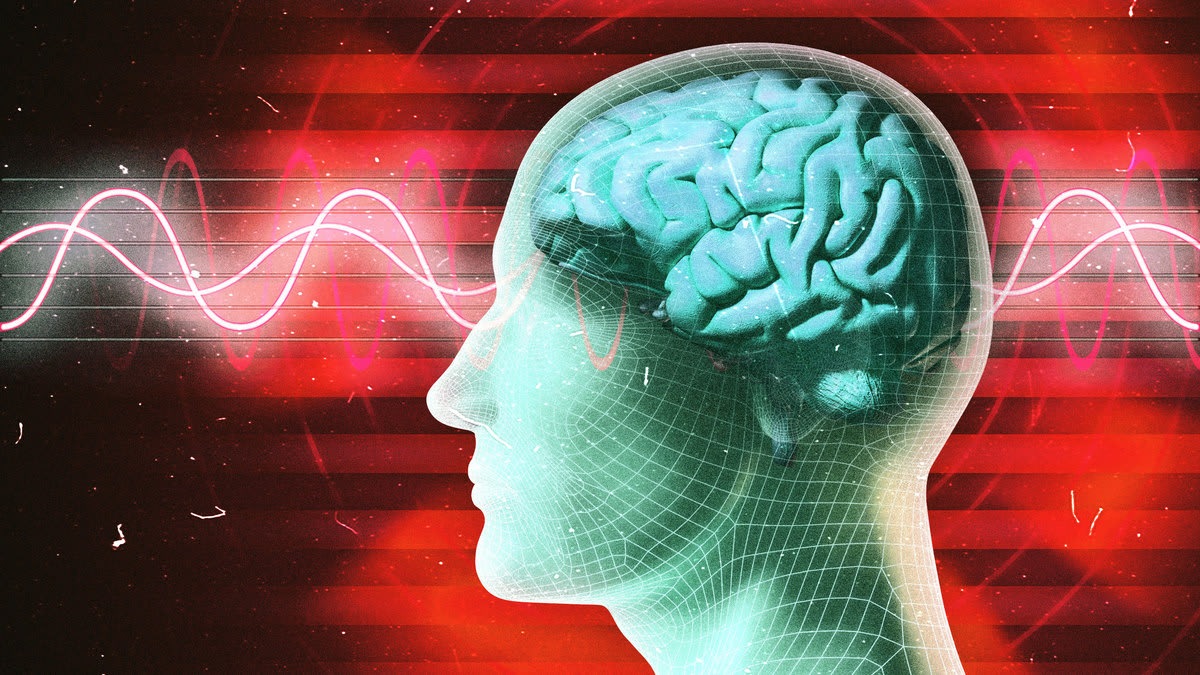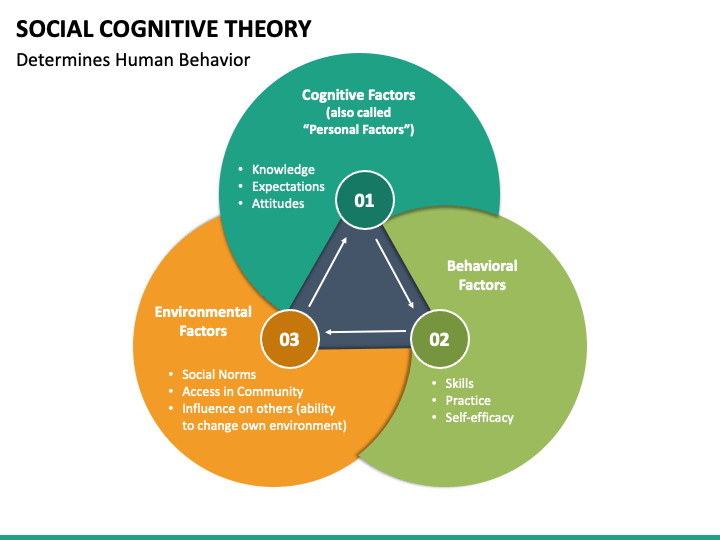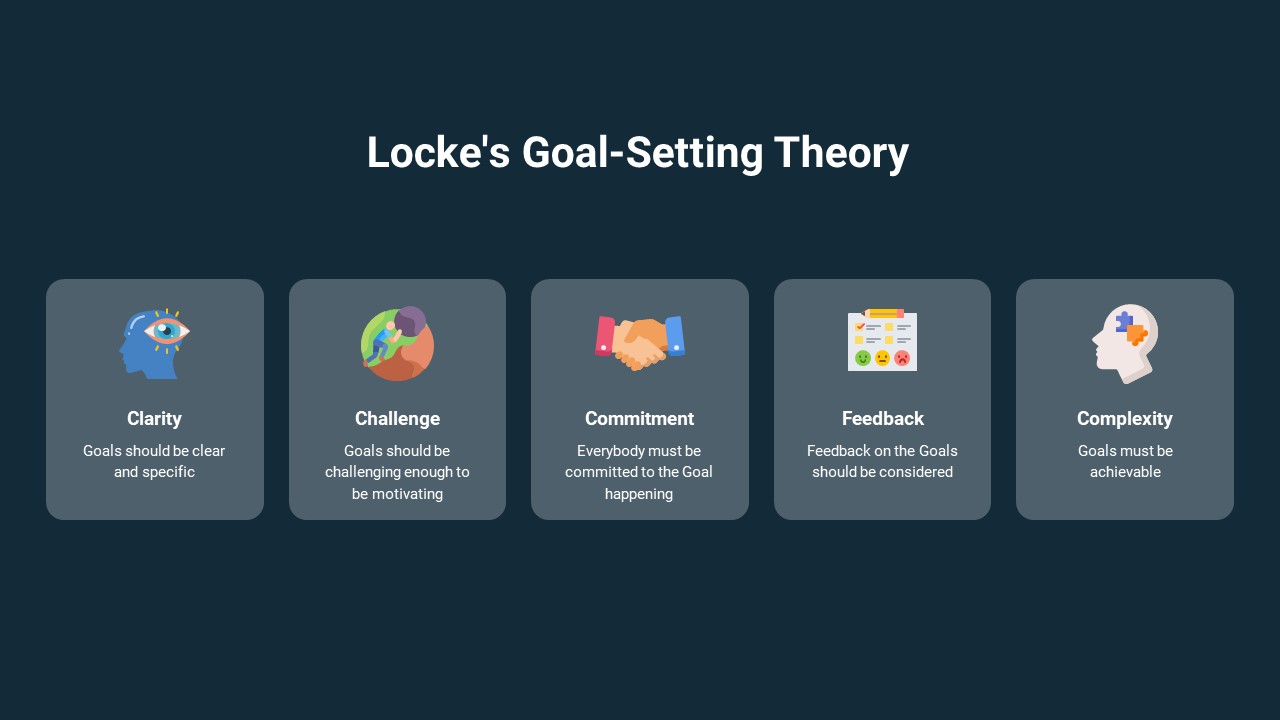Motivation serves as the driving force behind human behavior, influencing everything from daily tasks to long-term goals. The study of motivation has intrigued scientists for decades, leading to significant advancements in our understanding of the underlying neurobiological mechanisms. Neurobiology, the branch of biology that focuses on the nervous system’s structure and function, plays a crucial role in unraveling the complexities of motivation. In this article, we will explore the intricate dance of neurotransmitters, neural circuits, and brain regions that collectively contribute to the neurobiology of motivation.
Neurotransmitters and Reward Pathways
At the heart of motivation lies a delicate balance of neurotransmitters, the chemical messengers that facilitate communication between neurons. Dopamine, in particular, has gained prominence as a key player in the neurobiology of motivation. The brain’s reward system, centered in the mesolimbic pathway, is heavily influenced by dopamine release. When an individual experiences something rewarding, such as accomplishing a goal or receiving positive reinforcement, dopamine levels surge, reinforcing the behavior and encouraging repetition.
The nucleus accumbens, a critical component of the reward pathway, acts as a central hub for integrating motivational signals. Dopaminergic projections from the ventral tegmental area (VTA) to the nucleus accumbens form a crucial circuit that modulates the anticipation and pursuit of rewards. This intricate interplay of neurotransmitters and neural circuits highlights the dynamic nature of motivation in response to various stimuli.
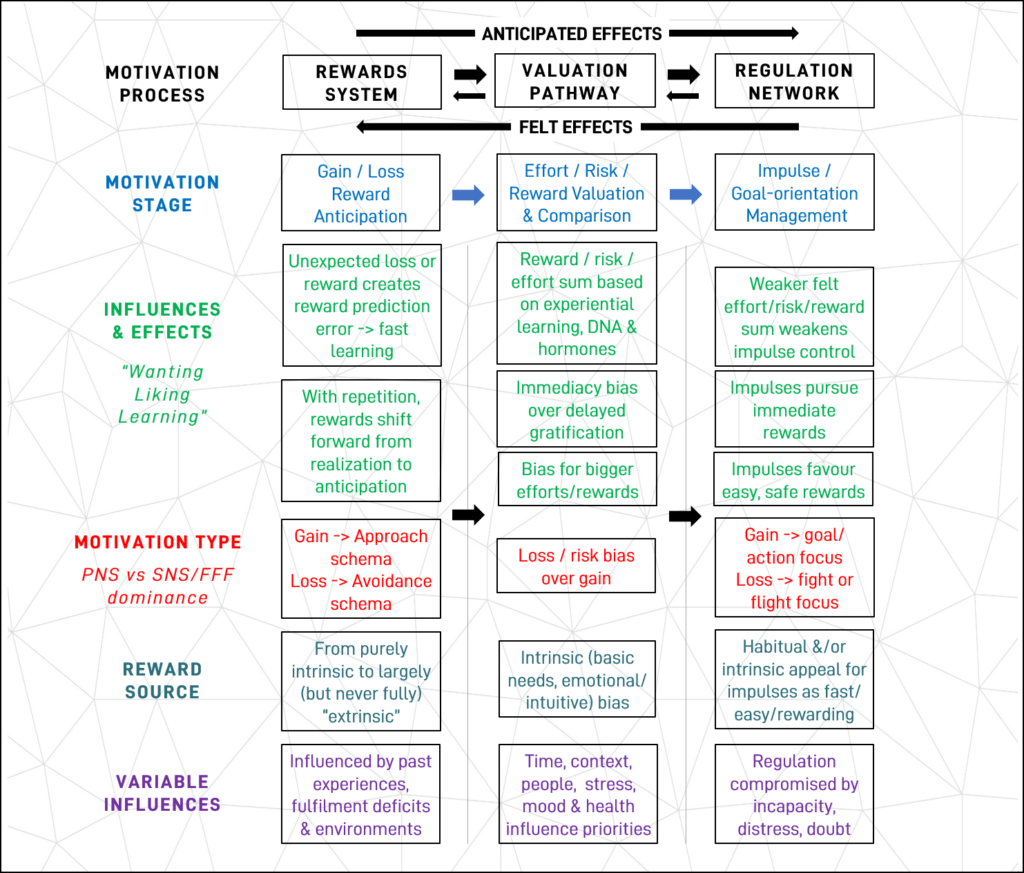
Neural Circuits and Motivational Processes
Motivational processes intricately involve a complex network of neural circuits, highlighting the dynamic interplay between various brain regions. This network extends beyond the confines of a single brain region, demonstrating the collaboration of different structures in orchestrating motivated behaviors. Let’s delve deeper into the neural circuits and processes that contribute to motivation:
- Prefrontal Cortex (PFC):
- Decision-Making and Goal Setting: The prefrontal cortex, a highly evolved region at the front of the brain, is a pivotal hub for motivational control. It plays a central role in decision-making, strategic planning, and the establishment of goals. The dorsolateral prefrontal cortex (dlPFC) is involved in executive functions, facilitating the selection and pursuit of goals based on anticipated rewards.
- Executive Control: The PFC exerts executive control over subcortical regions, regulating impulsive behaviors and optimizing the allocation of resources to achieve long-term objectives. Dysfunction in the PFC can lead to impaired decision-making and a diminished ability to set and pursue goals, contributing to motivational disorders.
- Subcortical Regions:
- Amygdala:
- Emotional Modulation: The amygdala, a deep-seated structure, contributes significantly to the emotional dimension of motivation. It processes emotionally salient stimuli, assigning them motivational relevance. The amygdala’s involvement influences the emotional valence attached to stimuli, shaping the motivational response based on their perceived significance.
- Fear and Reward Processing: Beyond emotional modulation, the amygdala is crucial for fear conditioning and reward processing. It modulates responses to both aversive and rewarding stimuli, guiding motivated behavior in response to environmental cues.
- Hippocampus:
- Memory Formation and Contextualization: The hippocampus, nestled deep within the brain’s temporal lobe, plays a vital role in memory formation. It aids in the encoding and retrieval of episodic memories, allowing individuals to draw upon past experiences to inform current motivational responses.
- Contextualization of Stimuli: By contextualizing stimuli within the framework of past experiences, the hippocampus influences the motivational significance attributed to different cues. This contextualization helps shape the adaptive nature of motivated behaviors, allowing for flexible responses to varying environmental conditions.
- Amygdala:
- Ventromedial Prefrontal Cortex (vmPFC):
- Evaluation of Rewards: The vmPFC is specifically implicated in the evaluation of rewards and the integration of emotional and cognitive information related to decision-making. It assigns subjective value to potential rewards, guiding individuals towards choices that align with their goals and preferences.
- Value-Based Decisions: Dysfunction in the vmPFC has been associated with motivational disorders, including apathy and anhedonia. A compromised ability to assess the value of rewards may lead to a diminished motivation to pursue goals, impacting the individual’s overall engagement with the environment.
The orchestration of motivational processes involves a sophisticated network of neural circuits, with the prefrontal cortex acting as a central orchestrator that collaborates with subcortical regions. The amygdala and hippocampus contribute emotional and contextual dimensions, respectively, shaping the motivational significance of stimuli. The vmPFC, with its role in reward evaluation, provides a critical link between cognitive and emotional aspects of motivation. Dysregulation within these neural circuits can lead to motivational disorders, emphasizing the importance of understanding the intricate connections within the brain’s motivational network.
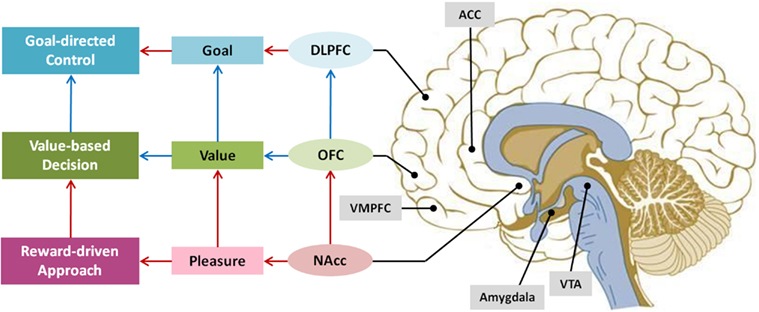
Hormones and the Regulation of Motivation
Beyond neurotransmitters and neural circuits, hormones also play a vital role in shaping motivational states. The endocrine system, through hormones like cortisol and testosterone, interacts with the nervous system to modulate motivation in response to stress and social cues. Cortisol, often referred to as the stress hormone, can either enhance or impair motivation depending on the context and duration of its release.
The interplay between hormones and neural processes provides a holistic understanding of motivation’s multifaceted nature.
- Dopamine: As mentioned earlier, dopamine is a neurotransmitter and a key player in the brain’s reward system. It plays a central role in reinforcing motivated behavior and is associated with the anticipation and pursuit of rewards.
- Testosterone: Testosterone, a sex hormone primarily associated with male reproductive functions, also plays a significant role in modulating motivation, particularly in competitive and goal-oriented situations. Studies suggest that testosterone may influence risk-taking behavior, especially in situations where there is a potential for social or financial gains. Increased testosterone levels have been correlated with a greater willingness to take risks, which can be an essential aspect of motivation in certain contexts.
- Serotonin: Often referred to as the “feel-good” neurotransmitter, serotonin is implicated in mood regulation and emotional well-being. Imbalances in serotonin levels have been linked to mood disorders, and maintaining optimal serotonin levels is crucial for sustaining motivation and a positive outlook.
- Cortisol: Known as the stress hormone, cortisol is released in response to stress and plays a role in the body’s fight-or-flight response. While chronic stress and elevated cortisol levels can have detrimental effects on health, acute stress and cortisol release can enhance motivation and focus in the short term.
- Norepinephrine: This neurotransmitter and hormone are involved in the body’s stress response. Norepinephrine helps prepare the body for action, increasing alertness and arousal. It contributes to the mobilization of energy resources and can influence motivation in challenging or demanding situations.
- Oxytocin: Often referred to as the “love hormone” or “bonding hormone,” oxytocin is associated with social bonding, trust, and emotional connections. It plays a role in promoting prosocial behavior and may influence motivation in social contexts.
- Ghrelin: Known as the hunger hormone, ghrelin is released in response to an empty stomach and stimulates appetite. Beyond its role in regulating hunger, ghrelin has been implicated in reward processing and may influence motivational aspects related to food-seeking behavior.
- Insulin: While primarily known for its role in glucose metabolism, insulin also interacts with neural circuits related to reward and motivation. Insulin sensitivity in the brain is associated with better cognitive function, which can impact motivational processes.
- Leptin: This hormone is produced by fat cells and helps regulate energy balance by signaling satiety to the brain. Leptin levels influence appetite and may indirectly affect motivation through their impact on overall energy homeostasis.
The intricate interplay and balance of these hormones contribute to the regulation of motivation in various contexts, including social interactions, stress responses, and goal-oriented behaviors. It’s important to note that the hormonal and neural regulation of motivation is a complex and dynamic process, and individual differences, as well as external factors, can influence the overall motivational state.
Clinical Implications and Future Directions
Understanding the neurobiology of motivation has profound implications for various fields, including psychology, psychiatry, and neurology. Motivational deficits are a common feature in neuropsychiatric disorders such as depression, schizophrenia, and addiction. By elucidating the neural mechanisms underlying motivation, researchers can develop targeted interventions to alleviate symptoms and improve patients’ quality of life.
Future research in the field of neurobiology aims to delve deeper into the molecular and cellular processes that underlie motivation. Advances in neuroimaging techniques and genetic studies continue to unveil the intricacies of individual differences in motivational states. Additionally, the development of novel therapeutic approaches, such as neuromodulation and pharmacological interventions, holds promise for addressing motivational disorders at their root.
Conclusion
The neurobiology of motivation represents a fascinating intersection of biology and psychology, unveiling the intricate dance of neurotransmitters, neural circuits, and hormones that drive human behavior. As research in this field progresses, our understanding of motivation’s neural underpinnings will undoubtedly expand, offering new insights into the complexities of human motivation and potential avenues for therapeutic intervention.







